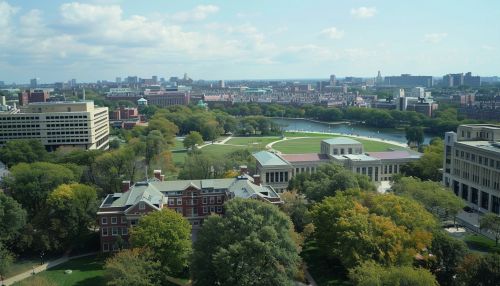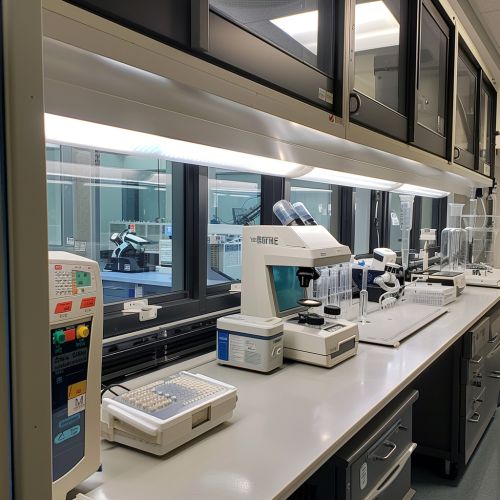Andrew Fire
Early Life and Education
Andrew Zachary Fire was born on April 27, 1959, in Stanford, California, USA. He is the son of a mathematician and a poet, which may have influenced his early interest in science and the arts. Fire attended the Baltimore Polytechnic Institute, a public high school in Baltimore, Maryland, where he excelled in the school's rigorous science and mathematics programs.
Fire went on to study at the University of California, Berkeley, where he received a Bachelor of Arts in Mathematics in 1978. He then pursued his interest in molecular biology at the Massachusetts Institute of Technology (MIT), where he worked in the lab of Nobel laureate Phillip A. Sharp. Fire completed his Ph.D. in Biology at MIT in 1983.


Career and Research
After completing his doctorate, Fire undertook postdoctoral research at the MRC Laboratory of Molecular Biology in Cambridge, England, where he worked with Sydney Brenner and Francis Crick, both Nobel laureates. In 1986, he returned to the United States and joined the staff of the Carnegie Institution for Science in Baltimore, Maryland, where he began his groundbreaking work on RNA interference (RNAi).
Fire's research has focused on the mechanisms and function of gene silencing, a process that regulates the activity of genes. His work has significantly contributed to our understanding of how cells control the flow of genetic information. In particular, his discovery of RNAi has provided a powerful tool for studying gene function and holds promise for the development of new therapies for a variety of diseases.
In 2003, Fire joined the faculty of the Stanford University School of Medicine as a professor of pathology and genetics. He continues to conduct research and teach at Stanford, where he is also a member of the Stanford Cancer Institute and the Stanford Neurosciences Institute.
Discovery of RNA Interference
Fire's most significant contribution to science is his co-discovery of RNA interference, a process that cells use to silence the activity of specific genes. He made this discovery in 1998 while working with his colleague Craig C. Mello at the Carnegie Institution for Science.
Fire and Mello were studying the nematode Caenorhabditis elegans, a tiny worm that is commonly used in genetic research. They found that when they introduced double-stranded RNA molecules into the worm, these molecules could silence specific genes in a sequence-specific manner. This was a surprising finding, as it was previously thought that only single-stranded RNA could regulate gene expression.
This discovery of RNAi has had a profound impact on biological research. It has provided scientists with a powerful tool for studying gene function and has opened up new possibilities for the development of gene-based therapies.
Honors and Awards
Fire's discovery of RNA interference has earned him numerous awards and honors. In 2006, he and Craig Mello were awarded the Nobel Prize in Physiology or Medicine for their discovery of RNAi. They were also awarded the Lasker Award in Basic Medical Research in 2005 and the Paul Ehrlich and Ludwig Darmstaedter Prize in 2002.
In addition to these honors, Fire has received the Wiley Prize in Biomedical Sciences (2003), the National Academy of Sciences Award in Molecular Biology (2003), and the Breakthrough of the Year by Science magazine (2002). He is a member of the National Academy of Sciences, the American Academy of Arts and Sciences, and the European Molecular Biology Organization.
Personal Life
Fire is married to biologist Gaea Leinhardt, with whom he has two children. He is known for his humility and dedication to his work, often spending long hours in the lab. Despite his many accomplishments, he remains deeply committed to his research and to the pursuit of scientific knowledge.


